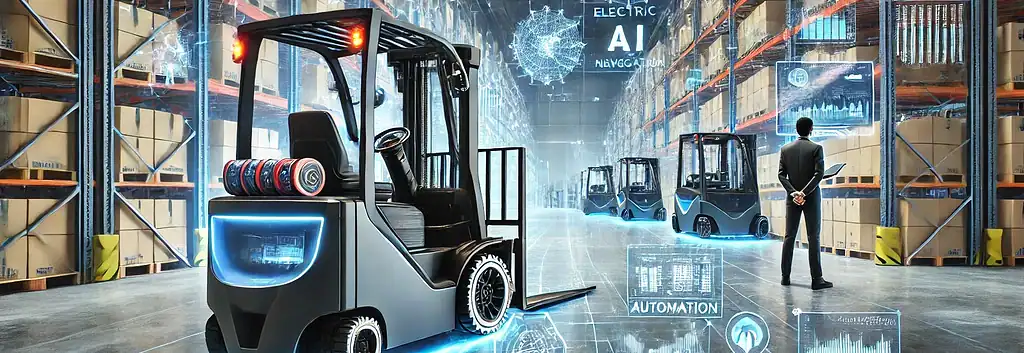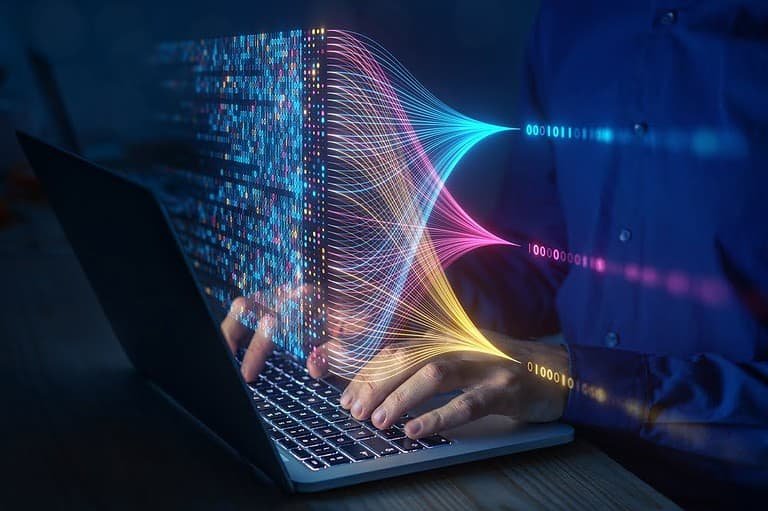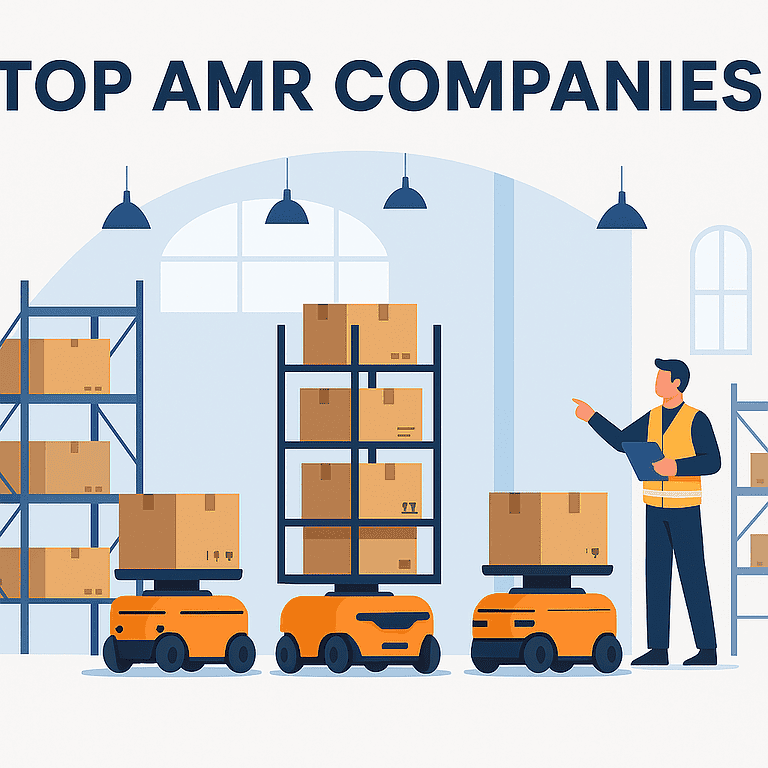Warehouse as a Service: The Future of Flexible Warehousing in 2025
Warehouse as a Service (WaaS) is transforming how businesses manage storage, fulfillment, and logistics. Instead of owning or leasing long-term warehouse space, companies can now “subscribe” to warehousing just like they do with software or cloud computing.
This model provides flexibility, scalability, and cost efficiency — all critical in today’s volatile supply chain environment. Whether you’re a small e-commerce startup or an enterprise expanding into new regions, WaaS offers on-demand warehousing that adapts to your needs.

What is Warehouse as a Service?
Warehouse as a Service (WaaS) is a pay-as-you-go model for warehousing and fulfillment. Providers offer space, labor, and technology as a bundled service. Instead of investing in buildings, racks, forklifts, or warehouse staff, companies outsource these functions and pay only for what they use.
📌 Key features of WaaS include:
On-demand storage capacity
Shared labor and automation resources
Integrated warehouse management systems (WMS)
Value-added services (kitting, packaging, labeling, returns)
Flexible contracts (monthly or seasonal)

Why Businesses Are Turning to WaaS
Cost Savings
No upfront investment in real estate, racking, or equipment. Businesses avoid fixed costs and turn them into variable expenses.Scalability
Need more space during peak season? Scale up instantly. Slow season? Scale back and reduce costs.Technology Access
WaaS providers typically include WMS, RFID, and even robotics in their service. Smaller businesses can gain enterprise-level tools without the significant investment.Speed to Market
With warehouses positioned near major population centers, companies reduce shipping times and increase customer satisfaction.
WaaS vs. Traditional Warehousing
| Feature | Warehouse as a Service | Traditional Warehouse |
|---|---|---|
| Cost | Pay-as-you-go | Fixed lease/mortgage |
| Flexibility | High (month-to-month) | Low (long contracts) |
| Technology | Included in service | Must be purchased separately |
| Staffing | Shared labor force | Company must hire/manage |
| Scalability | Easy to scale | Difficult and expensive |

Top Use Cases for Warehouse as a Service
E-commerce startups need fulfillment without investing in infrastructure.
Retailers with seasonal spikes (holidays, back-to-school, etc.).
3PLs expanding into new regions with minimal risk.
Global brands are testing new markets without committing to long-term leases.
Technology Driving WaaS
Many WaaS providers rely on advanced automation to reduce costs and increase accuracy:
Robotics and AMRs for picking and replenishment
IoT and sensors for real-time tracking
AI forecasting tools for inventory optimization
Cloud-based WMS for visibility and control

Potential Challenges with WaaS
Data security when using shared platforms
Less direct control over staff and processes
Dependence on third-party providers
Limited customization compared to owned facilities
Businesses must weigh the trade-offs and carefully vet their WaaS providers.
The Future of Warehouse as a Service
The WaaS model mirrors the rise of SaaS (Software as a Service) — a flexible, scalable, and subscription-based approach to software delivery. Analysts predict WaaS will grow rapidly as companies seek agility in supply chains.
Expect to see:
WaaS hubs near every major metro
AI-driven demand forecasting linked directly to fulfillment
Robotics-as-a-Service bundled into WaaS offerings
Closer integration between e-commerce platforms and WaaS providers
Conclusion
Warehouse as a Service is not just a passing trend — it’s a strategic shift in how businesses think about logistics. By offering flexible storage, shared resources, and advanced technology on demand, WaaS allows companies to grow faster, reduce risk, and remain competitive.
For businesses of any size, WaaS can be the bridge to a more agile and scalable supply chain.






